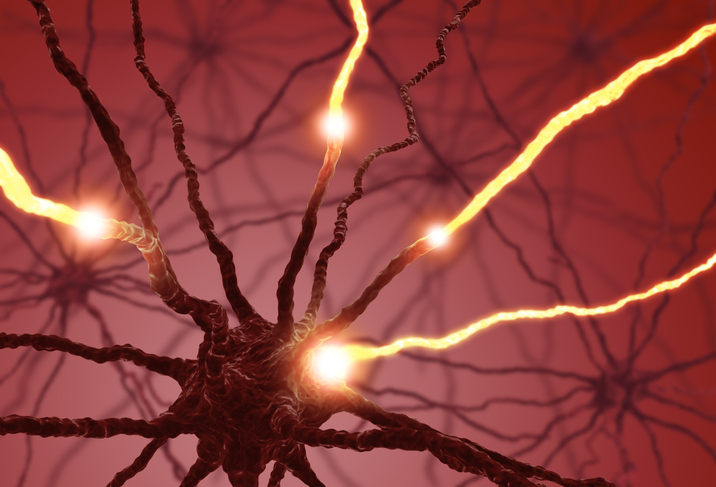Pain
Progression and Possible Complications of Chronic Inflammatory Demyelinating Polyneuropathy (CIDP)

What is chronic inflammatory demyelinating polyneuropathy?
Chronic inflammatory demyelinating polyneuropathy (CIDP) is a medical condition involving inflammation of the peripheral nerves (the nerves located outside the brain and spinal cord). The term “demyelinating” denotes damage to the myelin sheath, which is the fatty, protective covering that surrounds nerve fibers. This damage is thought to be caused by an abnormal immune response, so CIDP is considered an autoimmune disease. The term “polyneuropathy” signifies that many nerves in the body are affected.
Chronic inflammatory demyelinating polyneuropathy is also known as the chronic form of Guillain-Barré syndrome, which is an acute inflammatory disease of the peripheral nerves. Symptoms must be present for at least eight weeks in order for a CIDP diagnosis to be considered.
Progression of chronic inflammatory demyelinating polyneuropathy
Chronic inflammatory demyelinating polyneuropathy (CIDP) is a condition that generally progresses slowly, over months or years. Initial symptoms, such as slowed nerve responses and sensory changes, often go unnoticed. As sensory changes progress, the muscles become affected. Muscle weakness typically begins in the arms and then moves to the legs. At this stage, reflexes may also become slower than normal. Most people experience symptoms on both sides of the body simultaneously.
If chronic inflammatory demyelinating polyneuropathy becomes severe, swallowing and breathing can be affected, potentially leading to pneumonia, lung tissue collapse or respiratory failure. If the autonomic nervous system is affected, the function of the gastrointestinal system or the bladder may be affected.
The risk of chronic inflammatory demyelinating polyneuropathy relapse is fairly high. One study found that although 90% of individuals with CIDP improved with treatment, the relapse rate was about 50%. While some individuals go into remission, others continue to experience symptoms that impact their daily lives, with some becoming wheelchair bound or bedridden. The mortality rate of CIDP is approximately 1.3%.
Possible complications of chronic inflammatory demyelinating polyneuropathy
Because chronic inflammatory demyelinating polyneuropathy carries a risk of serious complications and chronic symptoms, it is best to get a diagnosis and begin treatment as early as possible. Possible complications of CIDP include pain, permanent muscle weakness and permanent sensory changes. Permanent loss of sensation can lead to repeated or unnoticed injuries in the affected area of the body. Side effects of treatments for CIDP may also occur. For example, possible side effects from corticosteroids include high blood pressure, irritability, restlessness and weight gain. Possible side effects from plasma exchange may include salt imbalances in the blood, infection and bleeding. Possible side effects from intravenous immunoglobulin (IVIG) include headache, rapid heartbeat and high blood pressure.














